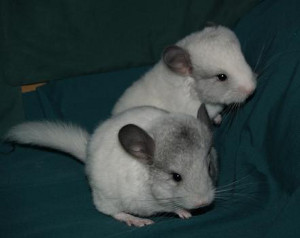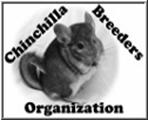The lethal factor is a gene or set of genes that causes a problem with the development of a living organism. The problems created by the lethal factor cause the death of the organism. There are two main types of lethal factors.
One type is the heterozygous lethal which is a dominant gene. With heterozygous lethals only one copy of the gene is necessary to cause the problems. This means that only one of the parents needs to have the gene. Heterozygous lethals often survive beyond birth but do not reach sexual maturity so the gene is not passed on to the next generation.
Homozygous lethals are recessive genes and are quite different from heterozygous lethals in that they require two copies of the gene to have their detrimental effects. If an organism has only one copy of a homozygous lethal, it is heterozygous for the gene and will not show any signs that the gene is present. This is known as carrying the trait. The problem with this is simple. It allows the gene to be passed to future generations. When two animals which are heterozygous for the same homozygous lethal gene breed, some of their offspring will receive two copies of the gene making them homozygous for the trait. This is when the gene becomes apparent. The fact that it the gene does not show its effects unless it is in the homozygous state also allows some of the offspring to be carriers with one copy and pass the gene on to their young.
Results and Dangers of Homozygous Lethals Current theory states that homozygous lethals usually cause the death of the organism in the pre-embryonic or embryonic stage of development. The result of this is the birth of fewer babies. Statistically, the number of reabsorbed embryos is about 25%. Although scientific studies of rats and mice indicate this to be the case, studies with chinchillas have not been found. Chinchilla breeders assume this is the case with certain colors of chinchillas since no homozygous chinchillas of those colors have been found through breeding. Additionally, it is assumed that the reabsorbtion of the defective embryos can increase the likelihood of infection in the mother.
 A black velvet chinchilla, also known as the
A black velvet chinchilla, also known as theGunning Black. This is one of the colors
that appears to carry a lethal factor.
When a new color emerged in a herd, breeders would try to breed animals that were homozygous for that color. The reason for this is simple. If an animal is homozygous for the gene that carriers a dominant color, it will always produce offspring with some form of the coloring, making the results of a pairing much easier to predict. The results of these attempts proved, in two colors of chinchillas, that no homozygous animals were being produced. All possible animals were producing offspring that were of the normal color. This would not be possible if the animals were homozygous for the color trait. Additionally, production for the animals involved was reduced by an average of 25%. Pairing the same animals with others of another coloring causes the production to increase back to normal. This has lead to the belief that two mutation colors of chinchillas are associated with lethal genes. As of this date, no breeder has been able to prove otherwise.
The Lethal Factor and Mutation Colors
Two colors of chinchillas appear to have a related lethal factor. These colors are dominant black (also known as black velvet, TOV or the Gunning Black) and dominant white (also known as mosaic or the Wilson White). There are no homozygous chinchillas in either of these colors. Worded differently, all whites and black velvets are heterozygous. When bred, they will produce both their own color and standard gray kits. Since the chinchillas are heterozygous for the trait, there are no associated health problems and the gene is not lethal because the gene is paired with a normal gene, masking its detrimental effects.
 Mosaic or white chinchillas, also known
Mosaic or white chinchillas, also knownas Wilson Whites should never be bred
to any other form of white chinchilla.
The problems arise when breeding a white chinchilla to another white chinchilla or a black velvet chinchilla to a black velvet chinchilla. This is when it is possible for offspring to receive two copies of the defective gene. This is also true if an animal of a hybrid color containing the gene is bred to another animal of a similar hybridization. For example, breeding brown velvet to black velvet or another animal that has the velvet gene is the same as breeding a black velvet to a black velvet. Keep in mind that any animal that is denoted as TOV carries the velvet gene. This is true of the whites, too. Any animal that contains the white gene, ie; pink white, white violet, white ebony, should not be bred to another animal containing the white gene. Some people believe that breeding lethals to lethals will result in more mutant offspring. This is not the case.
Since the white gene and the velvet gene are two unrelated genes, it is safe to breed a white to a black velvet or any white hybrid to any TOV hybrid.
Until more research is done on the lethal genes in chinchillas, breeding white to white and velvet to velvet. Should be left to the professionals and should not be attempted by a hobby or pet breeder.
Remember:
Do not breed a white chinchilla to any other type of white chinchilla.
Do not breed a velvet chinchilla to any other type of velvet chinchilla.




